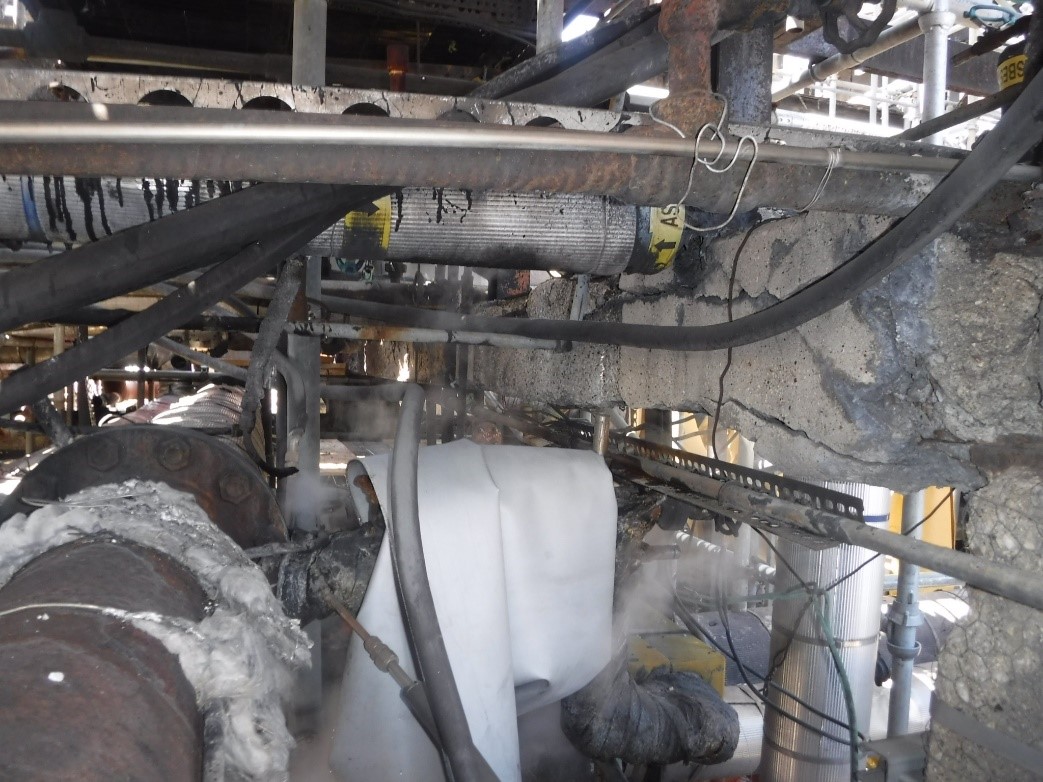Brindley was called upon to assist a refinery on the Gulf Coast to develop and implement a risk-weighted, statistically driven, structural & fireproofing program to replace the existing inspection process. The facility was comprised of over nearly two dozen separate units initially inspected by in-house inspectors. The inspectors utilized a basic defect ranking system in order to maintain consistency, however, the ranking system terminology was subjective and highly dependent on each inspector’s interpretations of a defect’s severity. The client sought help after receiving internal inspection reports of many critical or extreme maintenance issues across multiple units throughout the facility. It was clear that the maintenance program would be overwhelmed with the magnitude of scope without a clear decision-making process and organization. The client enlisted BE to implement our proprietary Structural Reliability Program.
Inspection & Maintenance Tracking – Effective Facility Risk Reduction Program
BE the Solution
BE was tasked to build upon the existing inspection system and adapt the program to create risked based priorities, statistical & probability-based decision-making processes, and an economically justifiable & measurable progress. BE assisted in the reinspection of all previously identified high priority defects with the in-house inspectors to train them on ranking and grouping defects based upon the same criteria. BE then utilized its thoroughly developed and implemented Structural Reliability Program (SRP) to categorize and portray inspection findings. The program incorporates reliability-based methodology to prioritize identified structural deficiencies throughout the facility.
Our SRP Program
The Structural Reliability Program creates individual Structural Repair Assessments for each structural deficiency. These assessments represent a concise overview of a defect and include photos, inspection data, evaluation notes, repair, and construction guidelines. Assessments are detailed enough for data gathering and risk assessment to implement effective repairs from an owner’s perspective, and simple enough for a craftsman to fold up in their back pocket as they go out to perform each mitigation or repair.
BE the Result
As a result of the implementation of the SRP program at this specific Gulf Coast refinery, overall facility risk was reduced by 25% after one year of maintenance mitigation and repair. Our team worked with the maintenance planners to create construction packages that aligned with existing facility outages and optimized repairs to best allocate available funding. BE helped provide a roadmap for risk reduction throughout the facility that aligned with program goals and timeframe defined by the owner.



0 Comments